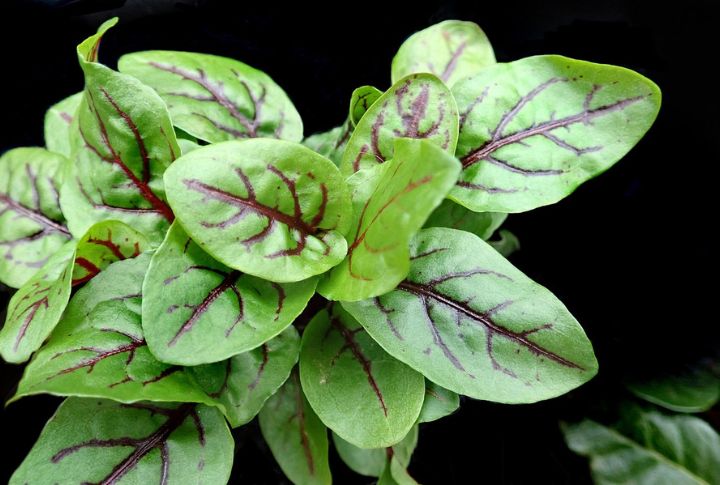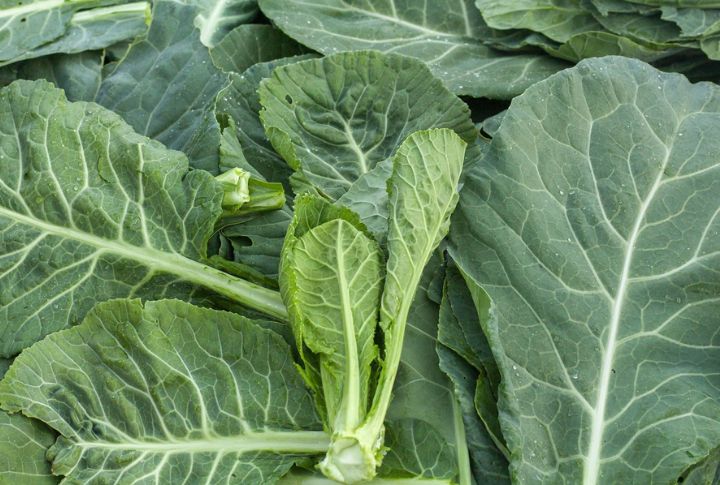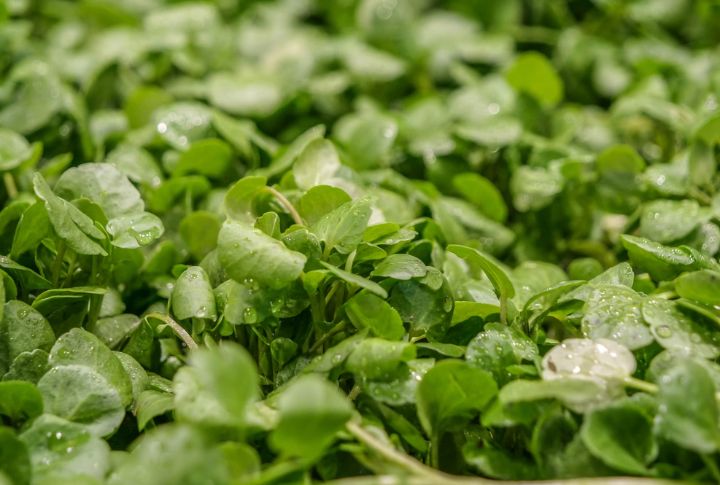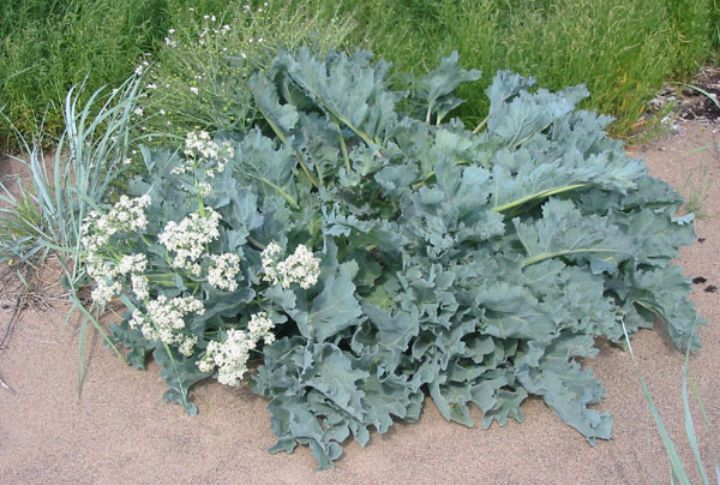
Imagine a garden that keeps giving without the hassle of replanting every season. Some vegetables thrive year after year, offering fresh harvests with minimal effort. These hardy plants save time, money, and energy while filling your table with homegrown goodness. Get ready to discover ten vegetables that keep coming back for more!
Asparagus

Patience is key with asparagus. It takes two to three years to produce a decent harvest, but it can yield for decades once established. Rich in folate, fiber, and antioxidants, this nutrient powerhouse thrives in well-drained soil with full sun. For better yields, opt for male plants, which produce more spears than female ones.
Egyptian Walking Onion

This onion has a mind of its own. Instead of staying put, it “walks” by bending over and planting new bulbs as it spreads. There’s no need to replant; just let it do its thing. Perfect for those who want onions but can’t be bothered with annual planting. The best part? The greens and bulbs are both edible.
Rhubarb

Love tangy pies? Planting rhubarb should be your next project. This rugged perennial laughs in the face of harsh winters, bouncing back stronger each year. While the stalks are edible, the leaves are toxic, so be careful not to toss them into salads. Give it space, and it’ll reward you with vibrant red or green stems for years.
Jerusalem Artichoke

Don’t let the name fool you; Jerusalem artichokes aren’t from Jerusalem, nor are they artichokes. Also called sunchokes, these nutty-flavored tubers grow underground while towering stalks reach for the sky. But be warned because once planted, they spread aggressively, so containment is key unless you want a yard full of them.
Sorrel

Some greens are delicate. Sorrel is not. Forget babying it; this plant practically grows, enduring in conditions that would send lettuce running. Its sharp, lemony flavor brings salads to life, punches up soups, and adds zing to sauces. Best of all? No replanting is required. Once it’s in the ground, it’s there for the long haul.
Lovage

Think of a celery plant that went rogue, grew six feet tall, and became ten times more flavorful. That’s lovage for you! Once a medieval kitchen staple, this herb has quietly thrived in forgotten gardens. Every part is edible, from leaves to stems and roots, but note that overindulgence may cause digestive discomfort or allergic reactions. Plus, its strong flavor means a little goes a long way.
Tree Collards

Tree collards are like kale that doesn’t turn bitter or need replanting. They grow tall, resist frost, and provide nutritious greens year-round. Unlike regular kale, these don’t mind being ignored. Just a little prune as needed, and they’ll keep producing for years; no annual reseeding is required.
Good King Henry

Good King Henry was common in cottage gardens for generations, but it slowly faded from use and deserves renewed attention. This iron-rich green was a go-to before spinach took over. It grows strong in neglected corners, offers edible shoots, leaves, and flowers, and asks for almost nothing in return. A true old-world survivor!
Watercress

Watercress isn’t just a trendy superfood; it’s one of the healthiest greens you can grow. Naturally found in running water, it can also flourish in moist soil. Rich in vitamins A, C, and K, it grows rapidly, providing continuous harvests. Additionally, the peppery bite makes it far more than a boring vegetable.
Sea Kale

Sea kale is nature’s proof that resilience breeds strength. It survives where others fail, thriving in sandy, salty conditions that would kill most vegetables. Its broad, blue-green leaves resemble traditional kale but pack a nuttier, sweeter taste. This might be the answer if your garden soil is a challenge.
Leave a comment